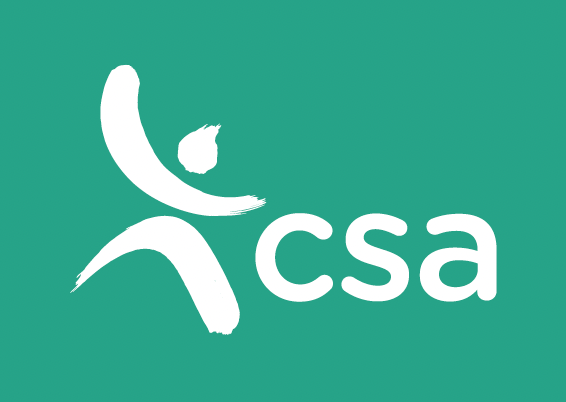
DebtStream partners with Payment Assist
We are excited to announce that we are working with Payment Assist, which has selected DebtStream to power their digital collections capability, enabling customers to service their accounts through end-to-end self-service options.






